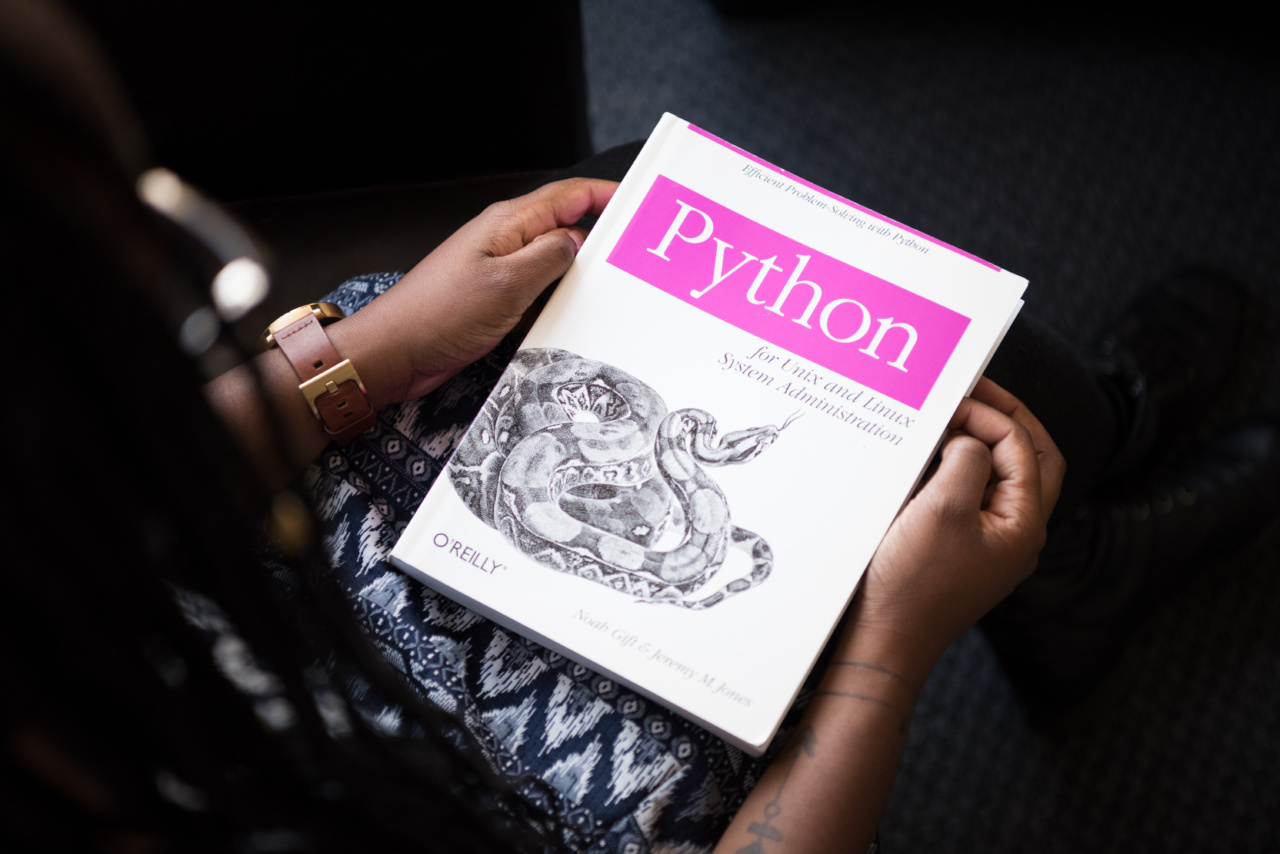In recent years, the rise of electronic books, or e-books, has revolutionized the way people consume literature. With the advent of e-readers, tablets, and smartphones, reading has become more accessible than ever before.
E-books have also gained popularity in the realm of learning and development, offering numerous advantages over traditional print books. This article explores the differences between e-books and print books in terms of their impact on learning and development.
Accessibility and Portability
One of the primary advantages of e-books is their accessibility and portability. With a few clicks, readers can download e-books onto their electronic devices and carry them anywhere they go.
This means that learners can access their books on the go, whether they are commuting, traveling, or simply sitting at home. Print books, on the other hand, can be bulky and heavy, making them less convenient for carrying around. E-books are therefore more suitable for individuals who prefer uninterrupted accessibility to their learning materials.
Cost-Effectiveness
E-books are often more cost-effective than their print counterparts. While the initial cost of purchasing an e-reader or tablet may be higher, e-books themselves tend to be cheaper than print books.
Additionally, e-books eliminate the need for printing and distribution costs, resulting in lower prices for consumers. This cost-effectiveness makes e-books more accessible to a wider audience, especially for those who are on a tight budget or students who require many books for their studies.
Searchability
One significant advantage that e-books have over print books is their searchability. With the search feature in e-readers or reading apps, learners can easily search for specific keywords, phrases, or topics within the entire book or their library.
This functionality allows for quick and efficient retrieval of information, saving time as compared to flipping through multiple pages in a print book. Furthermore, e-books often come with hyperlinks, footnotes, or endnotes for further exploration, enhancing the learning experience.
Annotations and Marking
E-books offer a range of annotation tools that can aid in learning and development. Readers can highlight important passages, add notes, or bookmark specific pages in e-books, allowing for personalized organization and reviewing of information.
This feature greatly benefits students and researchers who need to refer back to specific sections later on. Print books, although capable of annotations, lack the convenience and versatility of e-books in this aspect.
Customization and Accessibility Features
E-books often come with customization and accessibility features that cater to individual preferences and needs.
Readers can adjust font sizes, font styles, and background colors to optimize their reading experience, especially for individuals with visual impairments. Some e-readers even offer text-to-speech functionality, enabling audio playback of the content for those with reading difficulties or when multitasking.
These customizable features make e-books more inclusive and accommodating for learners with diverse needs.
Interactive Multimedia
Print books are limited to text and static images, but e-books have the advantage of incorporating interactive multimedia elements.
E-books can include videos, audio clips, animations, and hyperlinks to external resources, providing a more engaging and immersive learning experience. This multimedia aspect is particularly beneficial in educational contexts, where visual aids and interactive content can enhance comprehension and retention.
The combination of visuals and text also caters to different learning styles, making e-books more versatile in delivering educational content.
Collaborative Learning and Sharing
E-books offer opportunities for collaborative learning and sharing among individuals or groups. Some e-reading platforms allow readers to annotate, highlight, or share notes with others who are reading the same book or are part of a common study group.
This interactive and collaborative feature promotes knowledge exchange, discussions, and peer learning, fostering a sense of community and enhancing the overall learning experience. Print books, while shareable, lack the convenience and real-time interaction that e-books provide.
Distraction and Retention
One concern often raised about e-books is the potential for distractions, particularly when reading on devices that offer internet connectivity. Notifications, social media, and online distractions can hinder focus and comprehension.
Print books, on the other hand, provide a distraction-free reading experience. Furthermore, studies have shown that reading in print format enhances retention and comprehension compared to reading on screens.
While e-books are convenient, learners should be mindful of managing distractions and potentially leveraging print books for more focused and effective learning.
Environmental Impact
E-books have a smaller environmental footprint compared to print books. The production of print books requires paper, ink, and energy, contributing to deforestation and carbon emissions.
E-books eliminate the need for paper and physical distribution, helping to conserve natural resources and reduce waste. Opting for e-books can hence be a conscious choice for environmentally conscious readers who prioritize sustainability.
Reader Preferences and Comfort
Lastly, the choice between e-books and print books for learning and development largely depends on individual reader preferences and comfort.
While some individuals find the tactile experience of print books irreplaceable, others appreciate the convenience and versatility offered by e-books. The reading medium that individuals find most comfortable can significantly impact their engagement, motivation, and overall learning outcomes.
Conclusion
In conclusion, e-books and print books both have their strengths and weaknesses when it comes to learning and development. E-books offer advantages in terms of accessibility, searchability, cost-effectiveness, customization, and interactive multimedia.
Additionally, e-books promote collaborative learning and have a smaller environmental impact. On the other hand, print books provide a distraction-free reading experience, enhance retention, and cater to tactile preferences.
Ultimately, the choice between e-books and print books should be based on individual needs, preferences, and learning goals.































